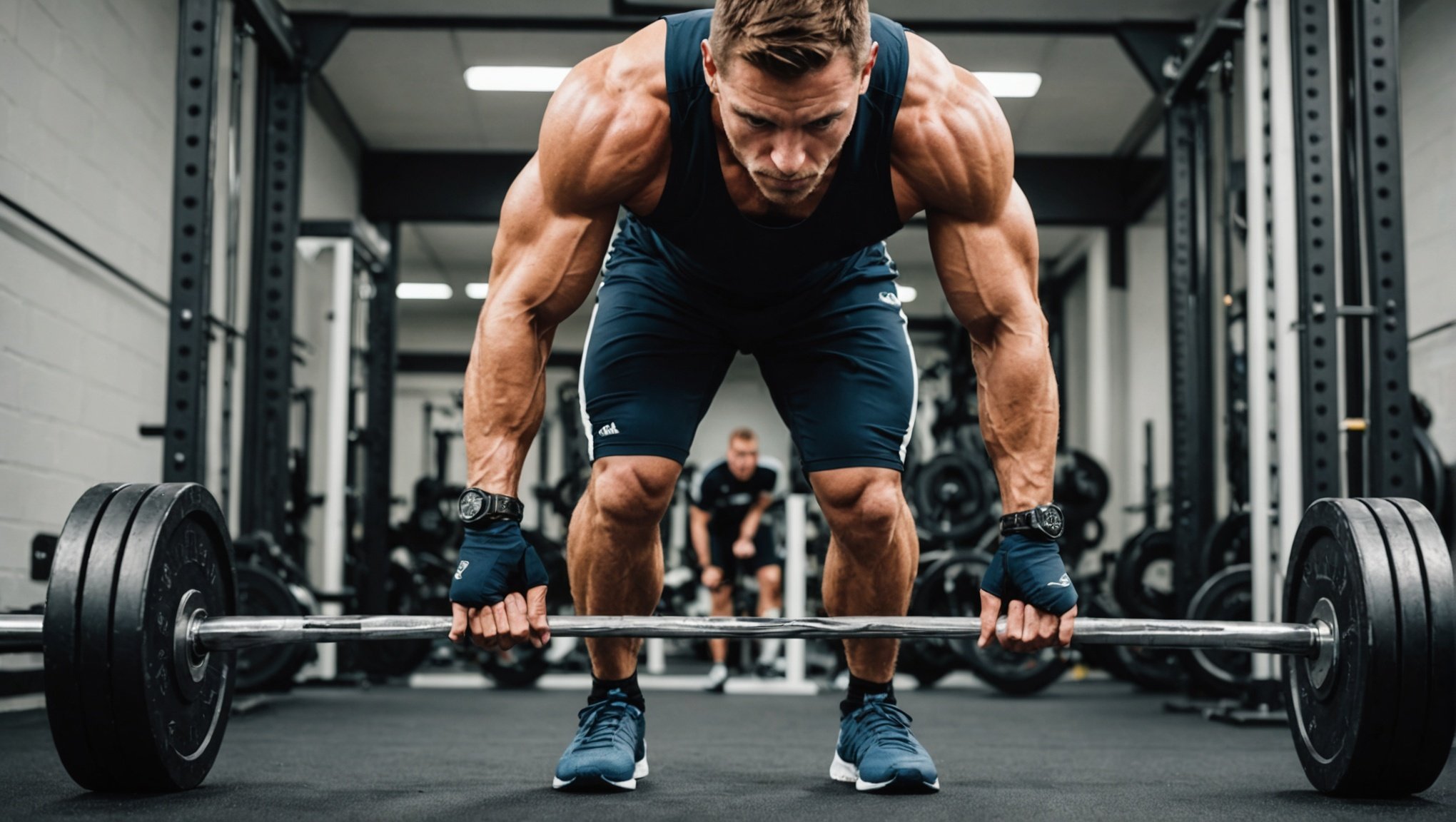When it comes to developing leg strength, conventional wisdom often emphasizes traditional bilateral exercises like squats and leg presses. But is this the only way to maximize leg strength? The answer is a resounding no. There’s an often overlooked component of strength training that brings a wealth of benefits, and that’s unilateral training.
Unilateral training refers to exercises that load or engage one side of the body at a time, such as lunges or single-leg squats. This type of training brings unique biomechanical benefits that can significantly boost your leg strength, promote muscular balance, and enhance performance in both sports and everyday activities. Today, we’ll delve deep into the biomechanical advantages of unilateral leg training.
Topic to read : What are the detailed steps to correct imbalances in quadriceps and hamstring strength?
The Role of Biomechanics in Unilateral Training
Biomechanics is the study of the mechanics of the body — how muscles, bones, tendons, and ligaments work together to produce movement. Understanding biomechanics can provide valuable insights into how and why unilateral training boosts leg strength.
Unilateral exercises require greater recruitment of stabilizing muscles compared to bilateral exercises. When you perform a unilateral exercise, your body has to work harder to maintain balance and control. This leads to increased activation of the muscles in your core and the smaller stabilizing muscles in your legs. Over time, this increased muscle activation can lead to significant improvements in strength and stability.
Also to discover : How does cognitive distraction affect muscle activation during complex lifts?
Unilateral Training and Muscle Imbalances
One of the prime biomechanical benefits of unilateral training is its ability to address and correct muscle imbalances. Muscle imbalances occur when one side of the body is stronger or more developed than the other. This is a common issue for many people, and it can lead to poor body mechanics and an increased risk of injury.
Unilateral exercises force each leg to work independently, which can help to equalize strength and size differences between the legs. For example, if you always use both legs to perform a squat, the stronger leg may compensate for the weaker one. But if you switch to a single-leg squat, each leg has to bear the full load, which can help to correct imbalances over time.
Enhancing Proprioception and Balance
Another key biomechanical advantage of unilateral training is its impact on proprioception and balance. Proprioception is your body’s ability to sense where it is in space and how it’s moving, which is critical for balance and coordination.
Unilateral exercises challenge your balance, forcing your body to activate muscles and motor patterns that might not get much use during bilateral exercises. This enhances proprioception and can lead to improvements in overall balance, coordination, and body awareness.
Increased Joint Loading
Unilateral exercises often involve increased joint loading compared to their bilateral counterparts. This means they put more stress on the muscles, tendons, and ligaments around a joint, leading to increased strength and stability.
For example, a single-leg squat can put more stress on the knee and hip joints than a regular squat. Over time, this increased joint loading can lead to stronger, more resilient joints and tissues. However, it’s essential to use proper form and not to overdo it, as excessive joint loading can increase the risk of injury.
Enhanced Performance in Sports and Everyday Activities
Lastly, unilateral training can enhance performance in sports and everyday activities. Many movements in sports, from running to jumping, involve a dominant leg action. Training one leg at a time can help to improve leg power and efficiency in these movements.
In everyday activities too, we often find ourselves relying on one leg — when walking up stairs, for example, or stepping off a curb. Unilateral training can help to enhance the strength and stability needed for these day-to-day movements.
In summary, unilateral training offers a host of biomechanical benefits that can help to boost leg strength, correct muscle imbalances, improve balance and proprioception, increase joint loading, and enhance performance in sports and everyday activities. It’s a valuable component of any strength training program and a powerful tool for maximizing leg strength. Remember, though, that it’s essential to use proper form and not to overdo it, as excessive joint loading can increase the risk of injury.
Google Scholar Insights on Unilateral Training
As you delve into the realm of unilateral training, it might be beneficial to explore some of the scholarly resources available on the topic. A quick search on Google Scholar reveals a plethora of research papers and articles that delve into the biomechanical benefits of unilateral training for leg strength.
For instance, studies published on PubMed and indexed on DOI have demonstrated that unilateral resistance training can enhance skeletal muscle strength and improve lower body balance. A comparative study between unilateral and bilateral training highlighted that single-leg exercises lead to greater improvements in sprint performance and change direction ability.
In another research, the effectiveness of plyometric training was evaluated in a unilateral vs bilateral setting. The findings indicated that unilateral plyometric training resulted in a higher increase in countermovement jump height, a measure of lower body power, compared to bilateral training.
In addition, many research papers have detailed how unilateral training stimulates growth and strength in skeletal muscle by promoting increased joint loading. The full text of these articles can be found on Google Scholar or other academic databases and provide a wealth of information on the benefits of focusing on one leg at a time during strength training. This underscores the increasing recognition of unilateral training within the strength conditioning community.
Conclusion: The Power of Unilateral Training
The biomechanical benefits of unilateral training are undeniable. Focusing on one leg at a time can significantly boost leg strength, correct muscle imbalances, and enhance performance in sports and everyday activities. By challenging the body to maintain balance and control with single-leg exercises, we promote the activation of stabilizing muscles and contribute to overall strength and stability.
In the realm of sports and resistance training, unilateral exercises can be an invaluable asset. Whether it’s improving sprint performance or mastering the perfect countermovement jump, the benefits of single-leg training can transfer to a variety of athletic disciplines.
Even in our daily lives, unilateral training can be of great help. From climbing stairs to stepping off a curb, many everyday activities involve a dominant leg action, reinforcing the relevance of unilateral strength training.
While the benefits are impressive, it is essential to remember that proper form and control are critical to prevent excessive joint loading and potential injury. As the richness of resources on Google Scholar suggest, the field of unilateral training is expansive and continually evolving, offering new insights into the best techniques and practices.
In the grand scheme, whether to include unilateral exercises in your strength training program may depend on your specific goals and needs. However, its biomechanical benefits make it a powerful tool for maximizing leg strength and enhancing overall physical performance.













